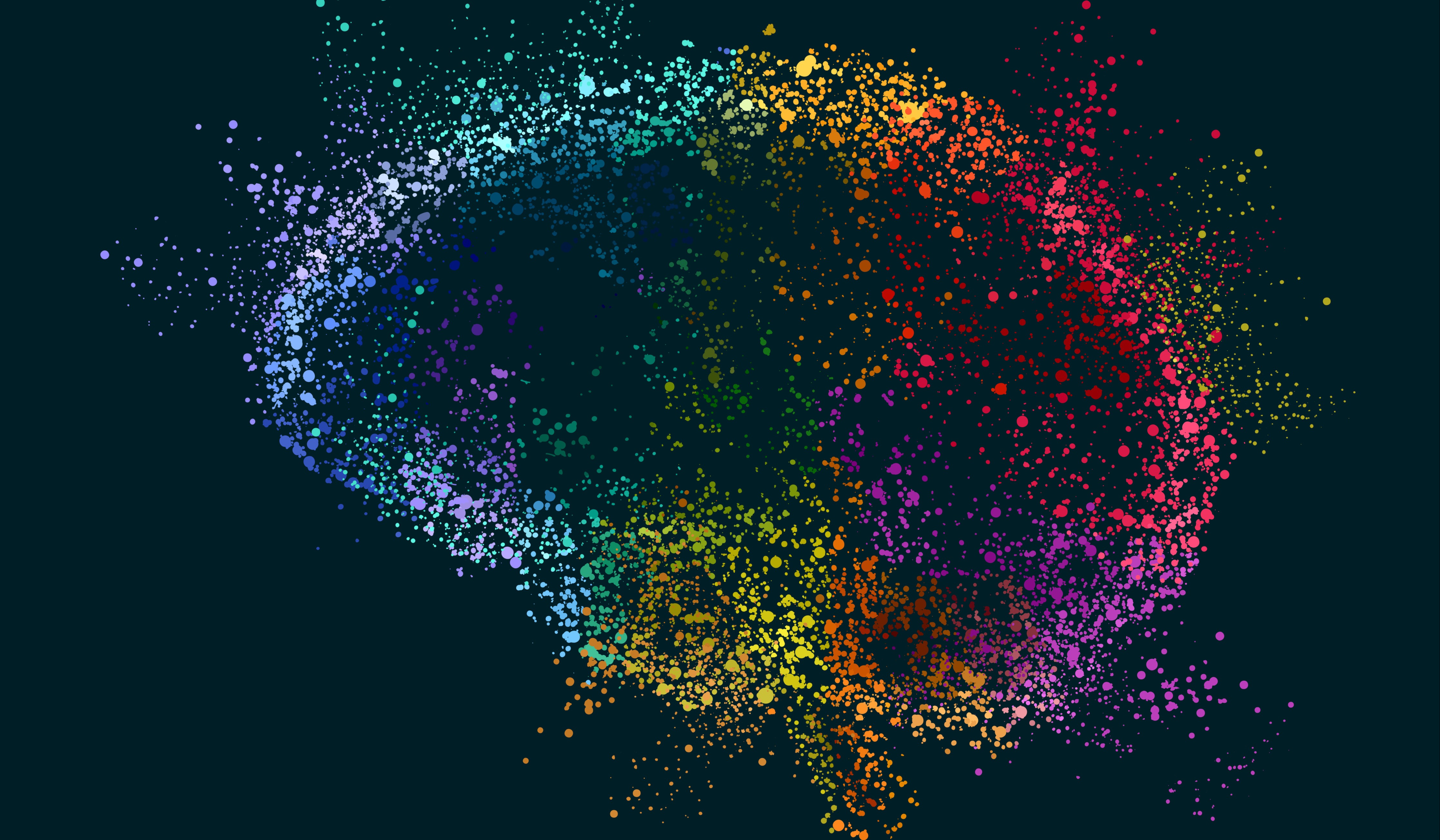Mastering the Skill of Seeing Invisible
Attribute: Insightful

Benefits of Learning to Connect the Dots
The ability to see connections where others see only separate elements is a powerful and transformative skill often referred to as "connecting the dots." This cognitive process involves recognizing subtle links between ideas, concepts and experiences, turning fragmented information into deep insights. It plays a crucial role in fields like innovation, research and the creative arts, helping individuals become problem-solvers, critical thinkers and innovators.
Steve Jobs once said, “Creativity is just connecting things.” This encapsulates the essence of innovation: linking disparate concepts to forge something entirely new. In today’s increasingly interdisciplinary world, connecting dots is more important than ever, as it helps address complex problems from fresh perspectives.
- Enhanced Creativity:
Connecting the dots encourages out-of-the-box thinking, helping you generate creative solutions and new ideas. - Improved Problem-Solving:
It enables you to approach problems from multiple angles, increasing the likelihood of finding effective solutions. - Increased Knowledge Integration:
You develop a richer, more nuanced understanding of the world by linking different pieces of information. - Greater Empathy and Understanding:
Connecting dots between experiences or ideas can help you see the world from diverse perspectives, fostering deeper empathy.
Keep reading ↓
Keep reading ↓
Newsletter
Gauge Your Ability to Connect the Dots
Consider these questions:
- Do you frequently find connections between seemingly unrelated concepts or ideas?
- Can you recall situations where this ability has helped you solve problems or achieve creative breakthroughs?
- Are there specific areas where you feel this skill could be further developed?
- How does your capacity to connect unrelated ideas influence your approach to learning and acquiring knowledge?
These questions encourage reflection on your ability to connect unrelated ideas and identify areas for further development.
Keep reading ↓
Enhance Your Dot-Connecting Skills
- Practice Lateral Thinking:
Regularly challenge yourself to think beyond linear approaches. Engage in brainstorming sessions or creative problem-solving activities that encourage you to connect seemingly unrelated elements. - Reflect and Journal:
Daily reflection and journaling help process information more deeply, making it easier to identify connections. Writing your thoughts and observations serves as a visual map of interconnected ideas. - Encourage Open Conversations:
Engaging with people from diverse backgrounds can help reveal connections you might otherwise miss. A different perspective can shed light on unseen links and broaden your understanding.
Mastering the art of connecting dots is about seeing the invisible threads that tie the world’s vast elements together. By cultivating this skill, you not only enhance creativity and problem-solving but also unlock a richer understanding of the world. Every piece of information, every experience, and every conversation becomes a potential key to innovation, offering infinite possibilities for growth and discovery.

Explore the Items
Read each article!
Supporting content
Imagination Articles
Check out the latest blogs to learn more about this topic!

The Importance of ‘Daydreaming’

Was Steve Jobs Right About Connecting The Dots?

Your Imagination Is A Powerful Tool - Are You Using It Effectively?
Bibliography
This article has been inspired by the following sources:
- Bar, M. (2009). The proactive brain: Memory for predictions. Philosophical Transactions of the Royal Society B: Biological Sciences, 364(1521), 1235-1243. https://doi.org/10.1098/rstb.2008.0310
- de Bono, E. (1990). Lateral thinking: A textbook of creativity. Penguin Books.
- Csikszentmihalyi, M. (1996). Creativity: Flow and the psychology of discovery and invention. Harper Perennial.
- Mednick, S. A. (1962). The associative basis of the creative process. Psychological Review, 69(3), 220-232. https://doi.org/10.1037/h0048850
- Sawyer, R. K. (2012). Explaining creativity: The science of human innovation (2nd ed.). Oxford University Press.
- Root-Bernstein, R. S., & Root-Bernstein, M. (1999). Sparks of genius: The thirteen thinking tools of the world’s most creative people. Houghton Mifflin Harcourt.

